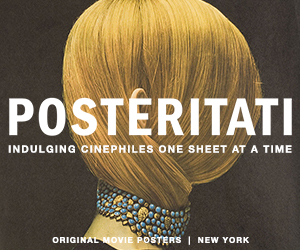Wall Street: Money Never Sleeps is obsessed with bubbles. They’re repeatedly discussed in financial terms and popped twice – twice! – in an ironically leaden visual metaphor. Unfortunately, director Oliver Stone’s own bubble burst long ago.
Here he revisits Wall Street, his 1987 zeitgeist marker, but the movie hardly recaptures any old magic. It’s bloated, obvious and – most damningly – immediately irrelevant. Where is Stone’s fierce intelligence, his social commentary, his ire?
Money Never Sleeps opens with the prison release of Gordon Gekko (Michael Douglas), the iconic anti-hero who was convicted of insider trading at the end of the first film. The year is 2001, but instead of following Gekko through the years preceding the financial collapse, the movie suddenly jumps to 2008 to take advantage of a more dramatic backdrop. Yet that’s all the economic meltdown remains – a backdrop. For all its boardroom scenes and trading talk – and bubbles – Money Never Sleeps isn’t really about the collapse and ensuing recession. (Most of the screen time is given to Shia LaBeouf, a new protege of Gekko’s who happens to be engaged to his daughter, played by Carey Mulligan).
Gekko smugly predicts that the financial risks the industry took while he was in jail will lead to ruin, but other than that there is no real critique, no point of view, to be found. In a movie titled Wall Street, Stone treats the biggest financial event since the Great Depression as set design.



